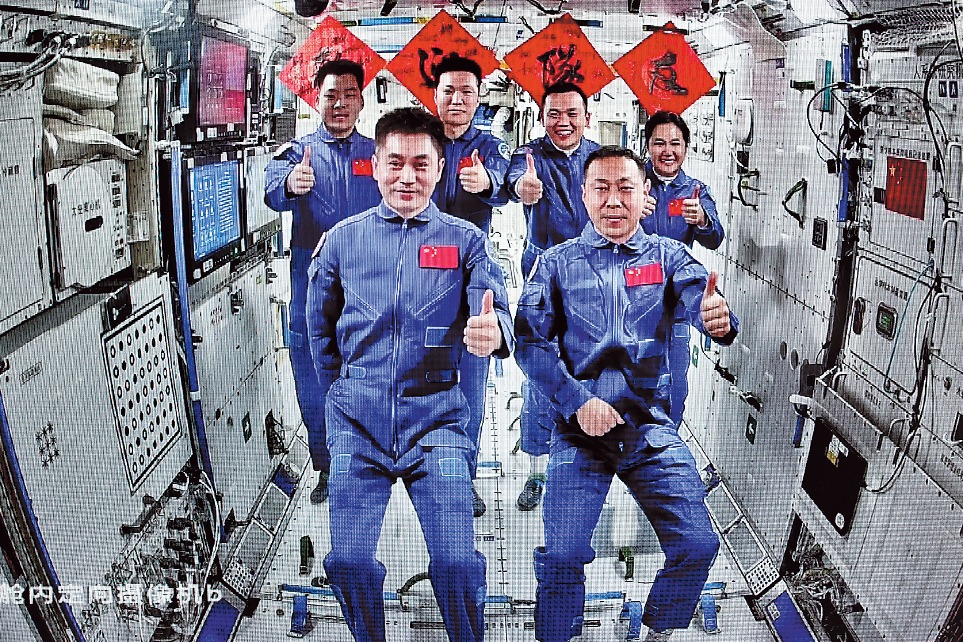Dynamic supply-demand factors to lift steel sector profits
By LI JIAYING | China Daily | Updated: 2024-10-31 09:05

As China's steel industry is facing declining demand and tightening margins, a balanced approach to production and a focus on emerging consumption sectors are likely to stabilize the market and ensure sustainable growth, a top industry association said.
"China's steel industry has entered a phase of 'stock optimization', with a persistent 'three-highs and three-lows' scenario — high output, high costs, high exports alongside low demand, low prices and low profitability," said Jiang Wei, vice-president and secretary-general of the China Iron and Steel Association (CISA), at the organization's third-quarter data release last week.
Throughout the first three quarters, domestic demand showed further signs of weakening, leading to a slight dip in iron and steel production.
According to data from the National Bureau of Statistics, China's crude steel production totaled 768 million metric tons in the first nine months, down 3.6 percent year-on-year, with pig iron production at 644 million tons, down by 4.6 percent.
Although there has been a decline in output, apparent steel consumption fell even more sharply, keeping steel prices at low levels. Combined with the challenge of volatile raw material costs, industry profits have been significantly affected, with CISA reporting a 56.39 percent year-on-year drop in profits among key steel enterprises to 28.97 billion yuan ($4.06 billion) in the first three quarters.
"The demand for steel products lacks price elasticity — excessive price cuts will not stimulate its consumption. As the industry transitions into a phase of stock optimization, it is crucial to maintain dynamic supply-demand balance to sustain reasonable profitability," said Shi Hongwei, deputy secretary-general of CISA.
Shi added that any impulse to ramp up production during slight market improvements would exacerbate supply-demand imbalances, suppress prices, and risk pushing the industry back into a "more production, more losses" cycle.
CISA also called on industry players to align with the central government's guidelines to avoid vicious competition, practice mutual self-discipline and maintain market stability, therefore reducing operational risks, and ultimately achieving high-quality and effective development.
Looking ahead, the CISA forecasts a general decline in steel demand with notable shifts within segments. According to the World Steel Association's recent outlook, China's steel demand is expected to decrease by 3 percent in 2024 and 1 percent in 2025.
"Demand will continue to diversify across product types, with construction steel expected to see a slight marginal recovery, while manufacturing remains the key growth driver, particularly in emerging sectors such as new energy, high-end equipment manufacturing and photovoltaic products," Jiang said.
Jiang added that the steel demand structure is gradually shifting toward the manufacturing sector, which, along with construction, currently accounts for 48 percent and 52 percent, respectively, of total steel consumption.
By the end of this year, the balance is expected to reach parity, and manufacturing demand may even take a larger share going forward, he said.
























